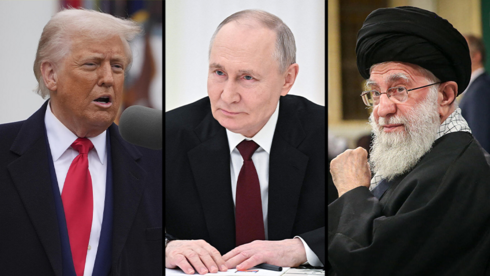It seems the newly signed treaty for the US brokered transport route between Armenia and Azerbaijan has ignited fierce opposition from regional and international powers. Iran has issued a stark warning against the so-called “Trump Corridor” officially the Trans-Regional Infrastructure Peace Project (TRIPP) threatening to turn it into a “graveyard for Trump’s mercenaries.” Meanwhile, Russia and China are quietly recalculating their positions, they too want US ousted from the region, which has been traditionally a Russian and Iranian sphere of influence.
Unveiled during a historic peace deal signed in Washington D.C. on August 8, 2025, the TRIPP agreement links Azerbaijan’s mainland with its Nakhchivan exclave through Armenia’s Syunik Province, a region known as Zangezur. Though Armenia retains sovereignty over the land, the 99-year lease grants the U.S. and its consortium partners exclusive rights to build and manage the transport corridor.
The infrastructure will include roads, railways, pipelines, and fiber-optic lines, making it a strategic transit artery between the Caspian and Mediterranean regions, and a potential rival to China’s Belt and Road Initiative (BRI).
Iran’s Red Line
Iran, which shares a border with Armenia and has long-standing ties with Yerevan, sees the corridor as a direct threat. Ali Akbar Velayati, a senior adviser to Iran’s Supreme Leader Ayatollah Khamenei, denounced the project as a Western plot and declared that it could become “a graveyard for Trump’s mercenaries.”
Tehran’s concerns center on three key issues:
Strategic Isolation: Iran fears being boxed out of the South Caucasus by a U.S.-controlled land bridge that cuts into its regional influence and historical trade routes.
Ethnic Tensions: The corridor could empower pan-Turkic ambitions backed by Turkey and Azerbaijan, potentially stirring separatist sentiments among Iran’s own Azerbaijani minority population in the northwest.
Military Posturing: In a clear show of force, Iran has conducted military exercises near the Armenian border, warning it will “respond decisively” to any foreign military presence near its frontiers.
Russia and China’s Stance
Once the dominant security guarantor in the Caucasus, Russia now finds itself on the outside looking in. While Moscow previously insisted on placing its border forces along any corridor through Syunik, it has been completely excluded from the U.S.-brokered TRIPP agreement.
Facing challenges in Ukraine and economic sanctions at home, the Kremlin is increasingly unable to project hard power into the Caucasus. Russian analysts have called the corridor a “symbol of American encroachment” and an example of Moscow’s waning leverage in its near-abroad.
Iran’s belligerence might open a door for Russia to reassert its role as a mediator or “balancer” between Armenia, Iran, and Azerbaijan.
If tensions rise, Russia could offer itself as a regional stabilizer, arguing that only Moscow can restrain Iran or manage crisis scenarios.
Russia may also use Iran’s threats to pressure Armenia to reconsider its pro-Western pivot, arguing that U.S. involvement invites more danger than security.
Meanwhile China has remained officially neutral on TRIPP, it is closely watching developments. On one hand, Beijing sees potential threats to its Middle Corridor — a central segment of the Belt and Road Initiative (BRI) — which runs through Central Asia and the South Caucasus.
On the other hand, analysts suggest China may pragmatically embrace the corridor if it improves regional connectivity and market access. Some Chinese firms are reportedly in early talks with American developers to co-invest in the TRIPP logistics hub.
The Zangezur Corridor once a quiet mountainous strip in Armenia has become the latest flashpoint in a complex power struggle. Branded as a route to peace, the TRIPP corridor may just as easily lead to deeper geopolitical fault lines. As Iran promises to resist the project with all available means, and Russia and China adjust their regional strategies, the corridor is poised to shape the next chapter in Eurasian politics — for better or for worse.
